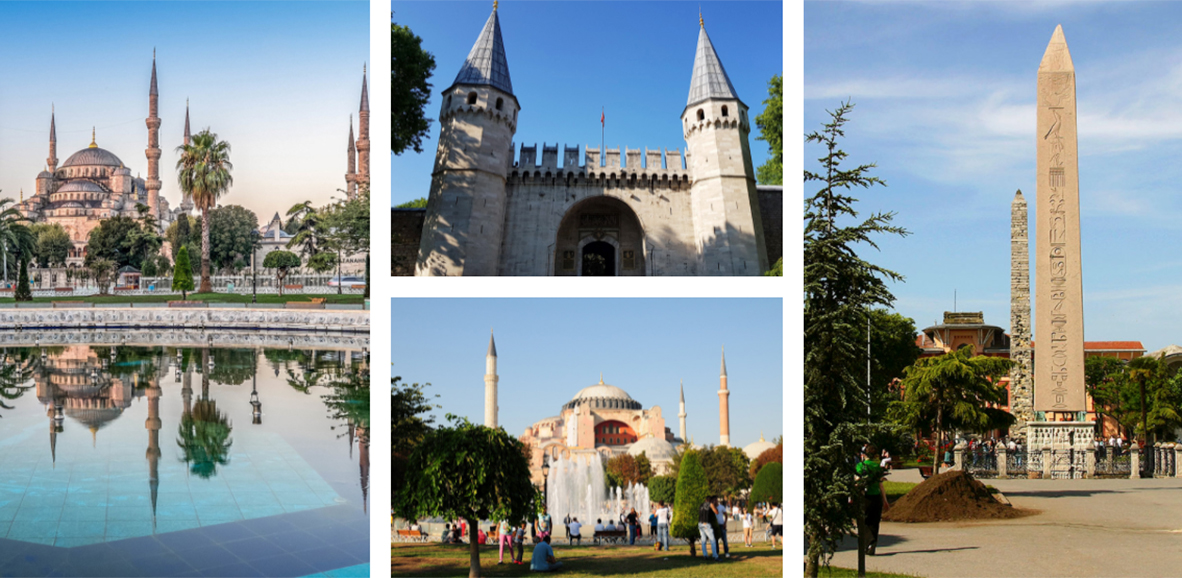The Bosphorus, also known as the Istanbul Strait, is a strait that separates Turkey’s European and Asian sides. It was named after a Greek myth about an affair between Zeus and a lovely lady named Io. Hera created the horsefly to sting her on the rump and cover up her infidelity after she discovered herself betrayed by her husband Zeus and turned Io into a cow. The tale of Io, who was turned into a cow and sentenced to wander the Earth until she reached the Bosporus, where she met the Titan Prometheus, who soothed her with the knowledge that she would be restored to human form by Zeus and become the ancestress of mankind’s greatest heroes, Heracles (Hercules).
The name of the channel was derived from the Ancient Greek term Bósporos (βόσπορος), which was folk-etymologized as boùs poros, or “ox-ford,” from the genitive of boûs βοῦς ‘ox, cattle’ + poros πόρος ‘passage,’ thus signifying ‘cattle passage,’ or ‘cow passage.’
The Bosporus is a vital international waterway, connecting the Black Sea to the Marmara and beyond via the Dardanelles. The Marmara is linked to the Aegean and Mediterranean seas through the Dardanelles. As a result, through Gibraltar and the Suez Canal, it allows for maritime connections between Europe and Asia as far as Africa and North America, making it an essential international shipping route.
The formation of the Bosporus has been a point of contention among geologists since its origin is unknown. A study published by two Columbia University scientists in 1997, dubbed the “Black Sea deluge hypothesis,” proposes that the Bosporus was flooded approximately 5500 BCE (revised to 6800 BCE in 2003) when rising water from the Mediterranean Sea and Marmara Sea breached through to the Black Sea, which at the time, according to this theory, was a low-lying freshwater body.
The Bosphorus has 620 Ottoman-era waterfront homes (yalı) along both the European and Asian shores of the strait. Ottoman imperial palaces such as the Topkapi Palace, Dolmabahce Palace, Yildiz Palace, Çirağan Palace, Feriye Palaces,Beylerbeyi Palace, Küçüksu Palace , Ihlamur Palace, Hatice Sultan Mansion, Adile Sultan Mansion and Khedive Mansion are visible within its scope. Buildings and landmarks within view include the Hagia Sophia, Hagia Irene, Sultan Ahmed Mosque, Yeni Mosque, Kılıç Ali Pasha Mosque, Nusretiye Mosque, Dolmabahçe Mosque, Ortaköy Mosque, Üsküdar Mihrimah Sultan Mosque, Yeni Valide Mosque, Maiden’s Tower, Galata Tower, Rumelian Castle, Anatolian Castle, Yoros Castle, Selimiye Barracks, Sakıp Sabancı Museum, Sadberk Hanım Museum, Istanbul Museum of Modern Art, Borusan Museum of Contemporary Art, Tophane-i Amire Museum, Mimar Sinan Fine Arts University, Galatasaray University, Boğaziçi University, Robert College, Kabataş High School and Kuleli Military High School.



Comment (0)